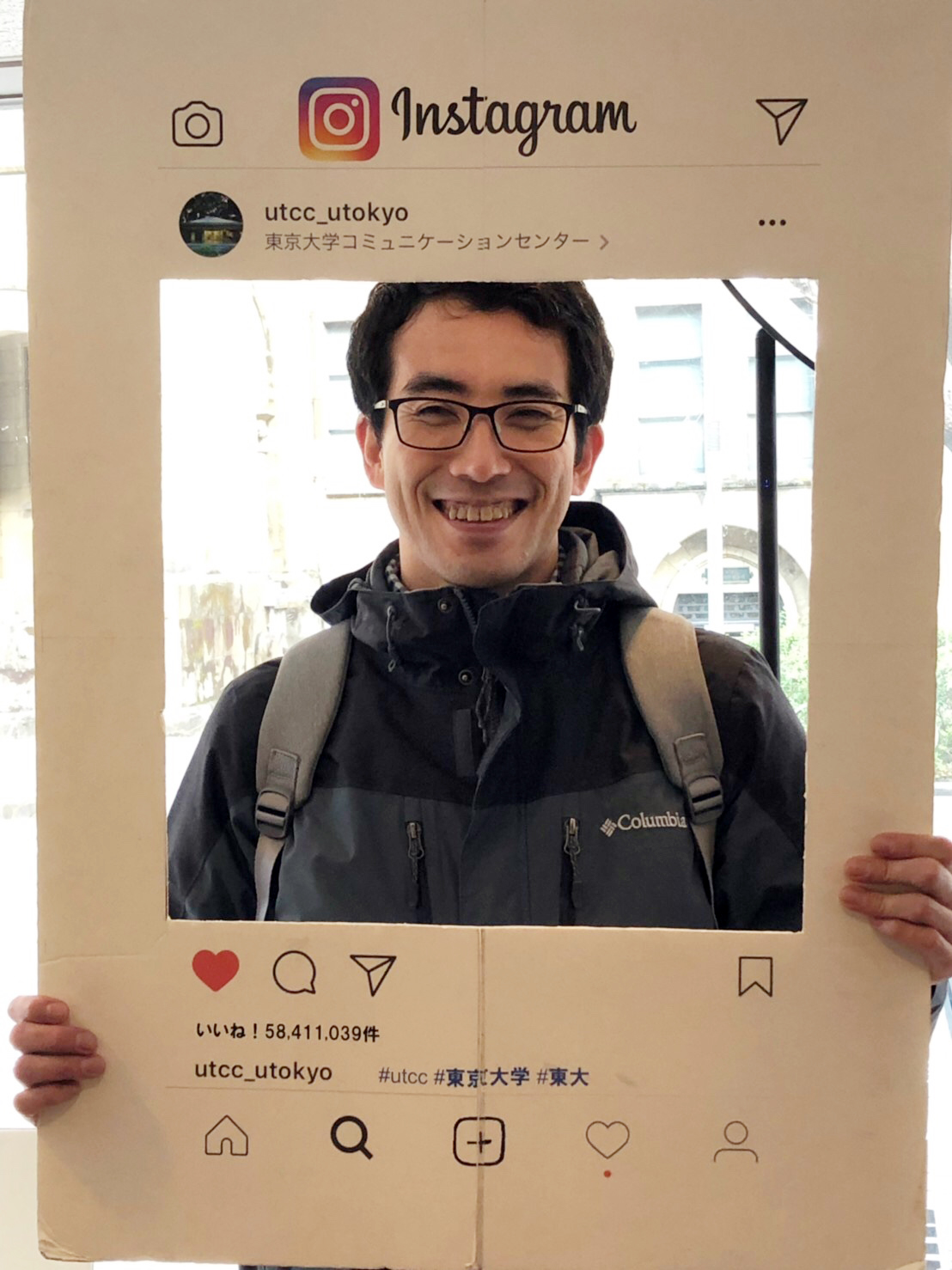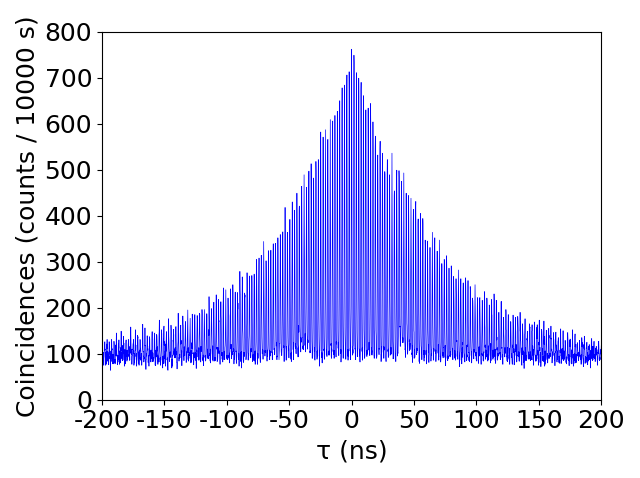
April 1998 - March 2002 Graduated from the Department of Physics, Faculty of Science, the University of Tokyo
April 2002 - March 2004 Completed the Master's program in the Department of Physics, Graduate School of Science, the University of Tokyo
April 2004 - March 2007 Completed the Doctoral program in the Department of Physics, Graduate School of Science, the University of Tokyo
Born on November 20th, 1978 in Tokyo.
For more detailed information, please visit here.Research
In this laboratory, we conduct research on quantum information science. We are mainly focusing on the research of long-distance quantum communication technology with applications such as quantum key distribution and cloud quantum computing.
Research on Quantum Technology for Quantum Repeater
●Entangled Photon Pair Source
The entangled photon pair source is an extremely important resource in quantum information science. When the Bell state, which is a representative entangled state between two qubits, holds in terms of the polarization degree of freedom of photons, the polarization of the two generated photons perfectly matches (or is orthogonal). This property can be used to execute quantum information processing such as quantum key distribution.
It is important for a quantum repeater, which is essential for long-distance quantum communication, to have the function of absorbing quantum entangled photons into a quantum memory, where the quantum entangled photons are absorbed and the optical quantum states are stored as matter quantum states.
However, the transition frequency bandwidth of the quantum memory material can be a problem. In the quantum memory we are researching, a praseodymium (Pr)-doped YSO crystal, efficient absorption and storage cannot be achieved unless the incident light is kept within a spectral width of approximately 5 MHz. However, the spectral width of conventional entangled photon sources is several orders of magnitude wider than that, so it is necessary to narrow the spectral width without reducing the entangled photon generation rate.
In our research, we solve this problem by introducing an optical resonator. When we generate the entangled photon pair through the nonlinear optical process of parametric down-conversion inside the optical cavity, narrow-spectrum entangled photons that meet the resonance conditions are generated. In addition, the photon generation rate within the cavity spectrum is orders of magnitude higher than that without the cavity enhancement.
We have developed a quantum entangled photon pair source that can be coupled to a quantum memory with high efficiency, which has the world's smallest linewidth (~1 MHz) at telecom band and can be transmitted in low-loss telecommunication wavelengths in optical fibers. The figure shows the time difference measurement result between two photons output from the developed two-photon source. The linewidth can be evaluated from the attenuation of the envelope, and the spectral brightness can be obtained from the total count.

●Wavelength Conversion
To transmit photons in optical fibers with low loss, telecommunication wavelength is required. However, the absorption wavelength of the quantum memory is a problem when efficiently absorbing and storing the transmitted quantum photon quantum state into the quantum memory. The absorption wavelength of the Pr-doped YSO crystal we are developing is around 606 nm, which cannot accept the telecommunication wavelength photons as they are. Therefore, it is necessary to develop a wavelength conversion device based on the nonlinear optical process of sum frequency generation.
● Quantum Memory
Quantum memory is an important resource in quantum information science for increasing communication rates through techniques such as wavelength division multiplexing and time division multiplexing. We are studying rare-earth doped crystals as memory devices for such multiplexing.
In particular, we are studying multiplexing using the method of atomic frequency combs, which generates a hole-burning area by inducing saturated absorption with a high-intensity narrow linewidth laser in the absorption spectrum with a inhomogeneous broadining (~10GHz) in the crystal, and arranges sharp comb-like absorption peaks in it. Using this method, a time-continuous sequence of light pulses corresponding to the Fourier transform of the peak group spectrum can be absorbed and stored as a photon echo, enabling high-efficiency reproduction.
● Frequency Stabilization
To efficiently couple entangled photons to quantum memory, active frequency stabilization is necessary not only for a narrow spectral bandwidth but also for a narrow transition frequency range. The stabilization of the various elements, including the entangled photon source pump laser, entangled photon source cavity, wavelength conversion pump laser, and quantum memory control laser, as well as the relative frequencies between distant elements, is necessary to ensure that the energy sum of the entangled photon source photon and the wavelength conversion excitation laser photon accurately matches the quantum memory transition frequency. We are conducting research on systems that continuously stabilize the remote quantum memory transition frequency by transmitting the entangled photon source pump laser through optical fibers and measuring the beat with an optical frequency comb. We are conducting joint research on this element with the Hong Laboratory in the Department of Physics.